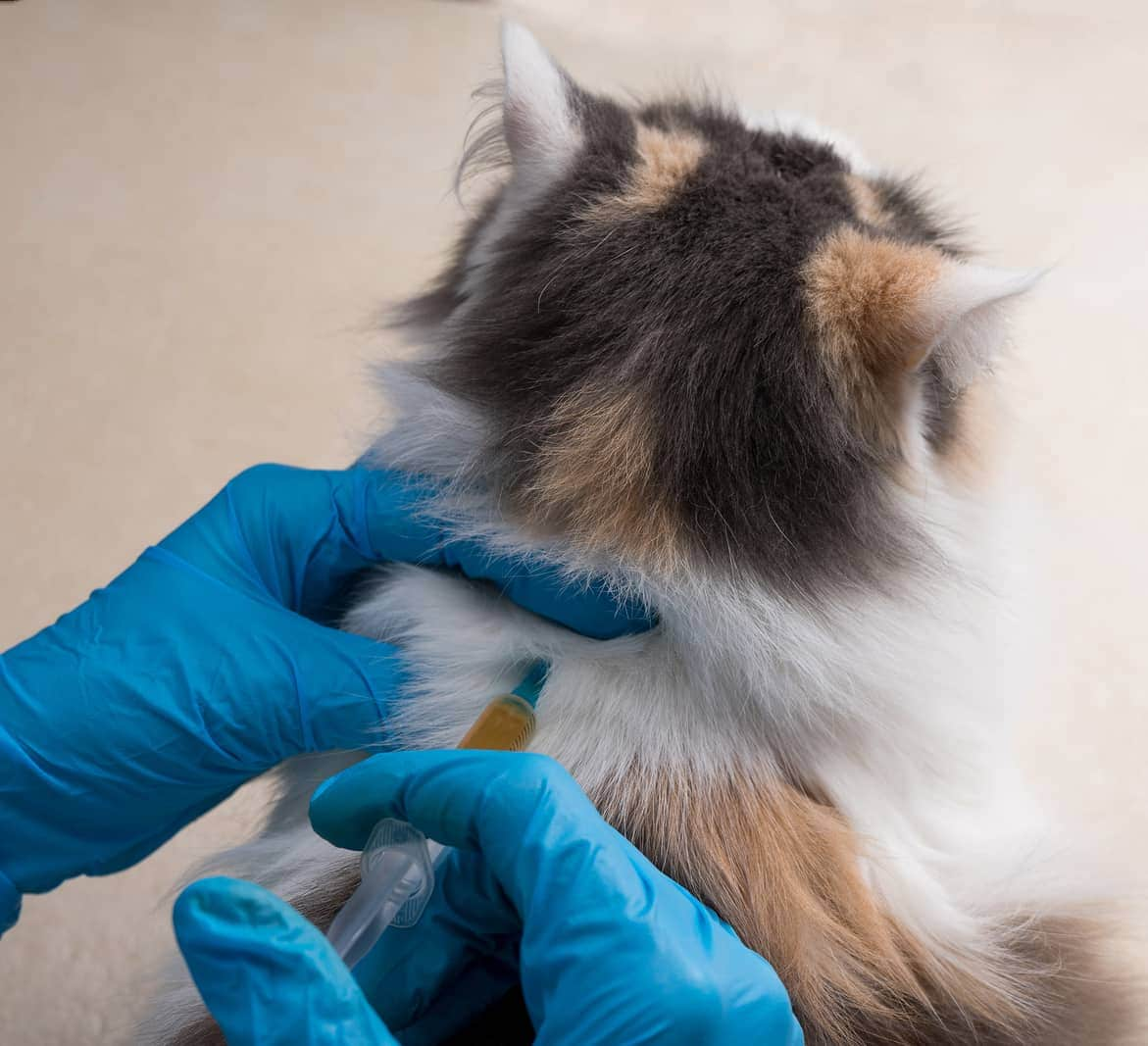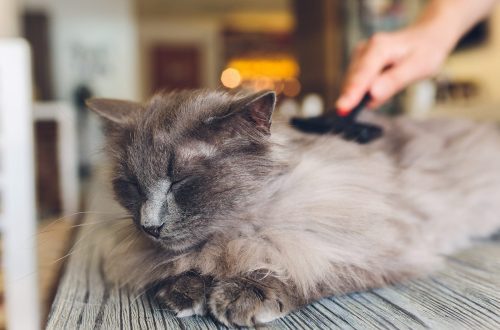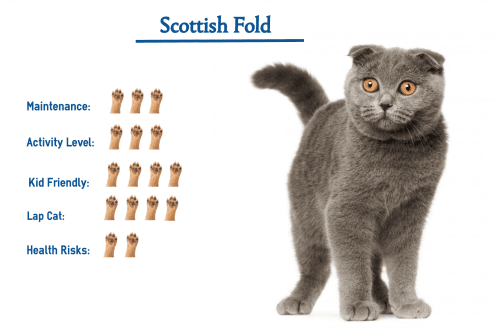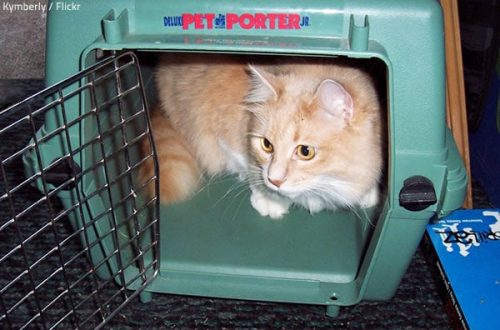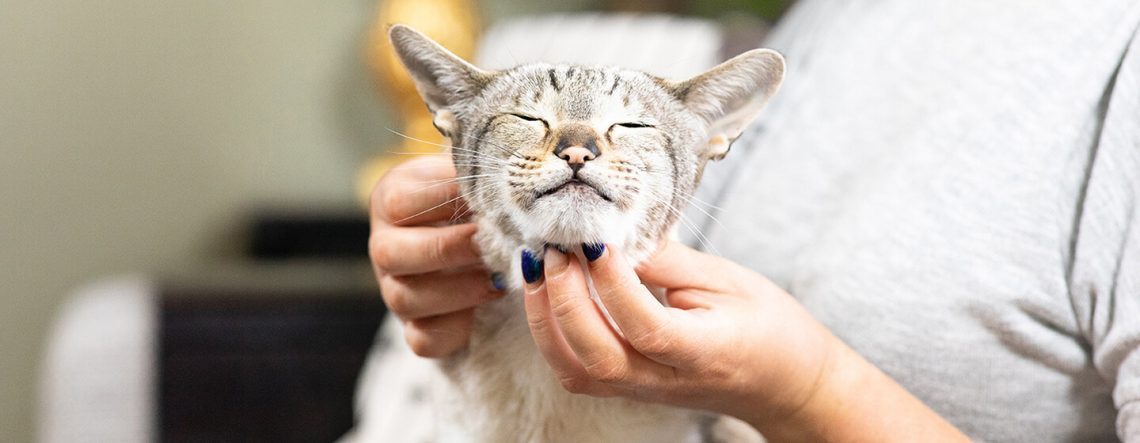
How to Give Your Cat Stress-Free Medication: An Owner’s Guide
Getting sick is no fun at all, especially when you have to take medication to get well. So do our furry friends. Cats also sometimes need medication to get better. How to give medicine to a cat without stress and help her recover?
Contents
How to fix the position of the cat
Some animals get nervous even when someone tries to hold them against their will. You need to carefully approach the cat and take it in your arms. At the same time, speak to her in a gentle and soothing voice. Then you can wrap her in a towel or blanket, supporting her paws so that they are not on weight.
How to give a cat a pill
Giving medicine to a cat in pill form can be a challenge for both you and your cat. Unlike dogs, where a pill can be disguised with a “favorite” treat, cats require a calm and prudent approach.
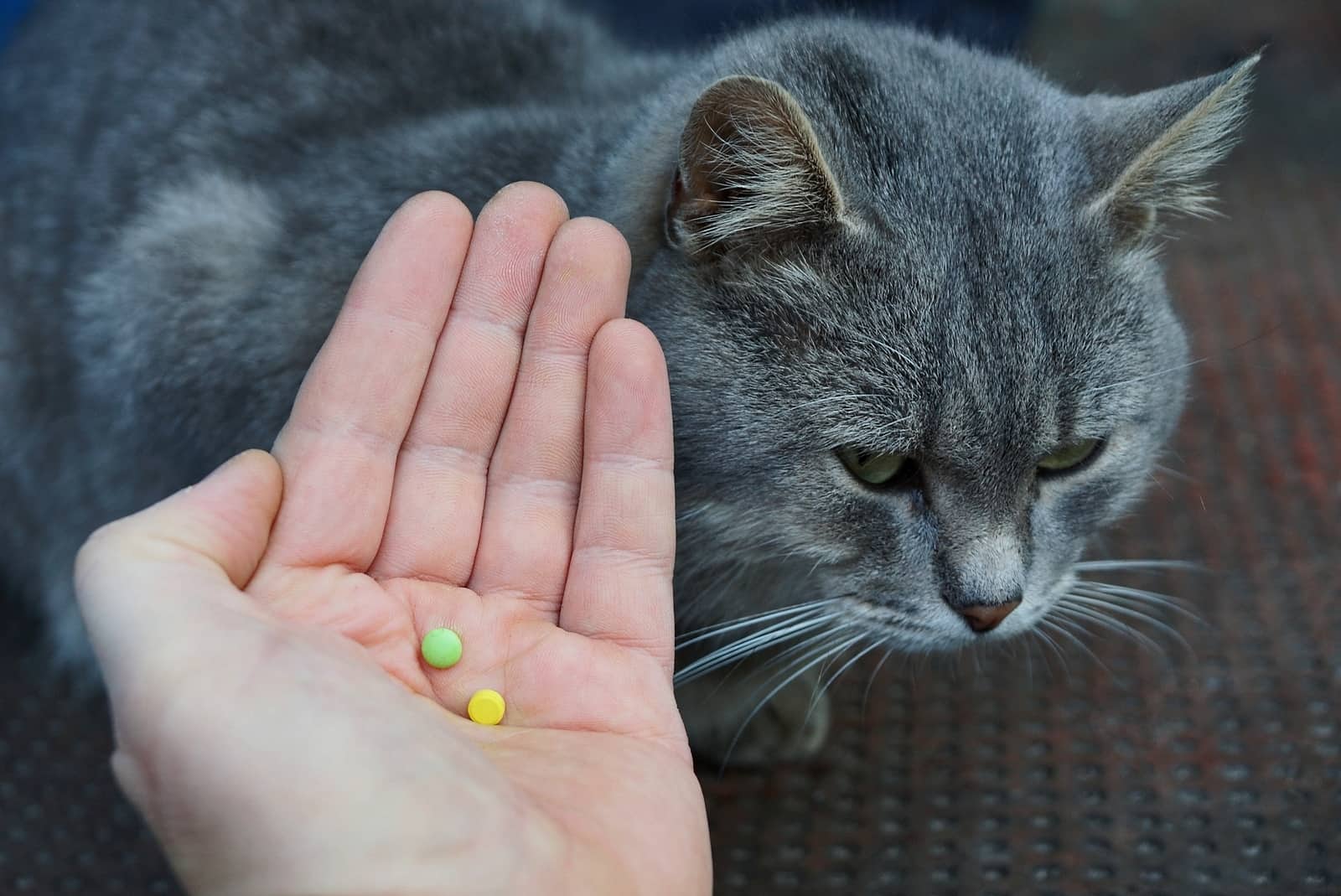
If the cat does not resist, you can put the pill directly into her mouth. But you should not just throw the medicine there, as there is a risk that the animal will choke or simply spit out the pill back. Instead, place the tablet in the center of the cat’s tongue towards the back, and then gently scratch the front of the neck to help swallow the tablet. Then you should offer the cat a bowl of fresh water to drink the medicine.
“Meatballs”
There is another, more subtle way, how best to give a pill to a cat. You can hide the tablet in the food bowl. Wet or semi-moist cat food works best for this. But if your furry friend only eats dry food, you can offer him some wet food while taking the pill as an interesting treat.
You can also hide the tablet in a small ball of cat food. This “game” consists of popping a tablet into a spoonful of wet food and rolling it into a ball and offering the meatball to your cat as a fun snack.
If the stubborn does not take the pill hidden in the feed, do not offer her human food. Many foods can cause gastrointestinal upset in cats. You should consult your veterinarian before giving your cat food that is not meant for pets.
Cat food gravy
If the methods described above did not help, you can grind the tablet into powder. However, you should not break and crush the tablets to add them to food or water. The exception is cases where such a recommendation was given by a veterinarian. Crushed medicines often have a bitter taste, so the cat is likely not to finish the pill and not get the required dosage. Before giving a cat medicine in this way, be sure to consult a veterinarian.
You can crush the pill between two spoons, or consider getting a pill crusher from your local pharmacy. Such a device simplifies the grinding process, ensures purity, since the medicine remains inside the container, and is very inexpensive.
After that, you need to stir the crushed medicine into a small portion of cat food, turning it into gravy. The strong aroma of such a treat should soften the sharp taste of the tablet. Cats should not be given medicines in milk as many cats are lactose intolerant. If your furry refuses a spoonful of gravy, you can add it to your regular food, add it to dry food, or mix it into wet food.
How to give a cat liquid medicine
If the cat is refusing to take medication, is unable to eat properly due to illness, or is only taking the medication in liquid form, the veterinarian may prescribe the medication as a liquid oral mixture with a syringe. Most liquid medications need to be refrigerated, but cats do best at room temperature. The drug should not be heated in a microwave oven, but can be warmed by holding the syringe in your hand for a few minutes or by placing it in a cup of warm, but not hot, water.
Knowing how to properly give your cat medicine from a syringe can reduce the amount of stress in your pet. The cat should be held in a safe and comfortable way for her, and the syringe should be in a hand that is comfortable for you. You can give your pet and sniff and lick the tip of the syringe so that she can taste the medicine, and then slowly push the plunger. The jet of medicine should be directed to the back of the throat, but care must be taken that the cat does not throw back its head. If this happens, the animal may inhale some liquid or choke.
After the medicine is in the cat’s mouth, you should close her mouth to make sure she has swallowed the liquid. Don’t worry if she spits out the medicine, it’s normal. Even if part of the medicine is on the owner’s lap, do not try to give the cat another dose. In this case, you need to wait until the next time you take the drug.
Eye and ear drops
Sometimes a cat needs eye or ear drops. As is the case with tablets and liquid medicines, when instilling drops, it is necessary to properly hold the cat.
To drip medicine into the eyes, it is better to bring the pipette from above or below, and not in front. So the cat will not see her approach. Then you need to put your hand on the top of the cat and, using the little finger and forefinger of the same hand, pull back the upper eyelid. The remaining fingers must be placed under the cat’s jaw to support the head. The lower eyelid will act as a bag for drops. In no case should you touch the surface of the cat’s eye with a pipette or fingers.
To apply the ear drops, gently massage the base of the ear in a circular motion. As the medicine is pushed deep into the ear canal, a “squishy” sound should be heard. Your cat will most likely not like either of these methods, but as with any medication for cats, it is vital to her health.
Injections: how to give them to a cat
For some diseases, such as diabetes, pet owners have to inject drugs under their skin. During the injection, second hands will come in handy, so it is better to have an assistant who will fix the pet. Depending on the medication, the cat may need an injection in the thigh (intramuscularly), neck (subcutaneously), or elsewhere. It is better to ask a veterinarian to show how and where to inject. Always use a new syringe for each injection and record the time and date of the procedure.
After the injection, you need to offer the cat an additional portion of affection. She may also want to be alone, so if the cat is trying to hide, you need to give her that opportunity. After making an injection, do not throw the used needle into the trash. It should be disposed of in an approved sharps container or taken to your local pharmacy or veterinary office.
If the cat becomes ill, you must first make an appointment with a veterinarian and give only those medicines that the doctor has prescribed. Over-the-counter human medicines, including eye drops, should never be given to a cat because many of these medicines can be dangerous to pets.
The recommendations provided are intended only as starting ideas. Specific instructions for how to give your pet medication should be obtained from your veterinarian. A thorough examination in a veterinary clinic is the best way to properly diagnose and treat your pet for any disease.
Whether it’s a short course of antibiotics or lifelong disease control, sometimes your furry pet needs to be given medication. She may not thank the owner for this, but in the end, a happy cat is a healthy cat.
See also:
Cat Pain Relief: Which Medications Are Dangerous?
Choosing a veterinarian
The Importance of Preventive Vet Visits with an Elderly Cat
Your cat and veterinarian
How do you know if a cat is in pain? Signs and symptoms of diseases



